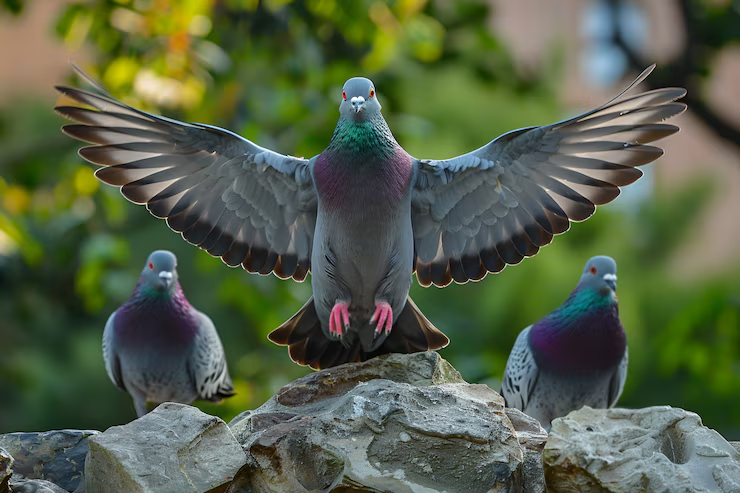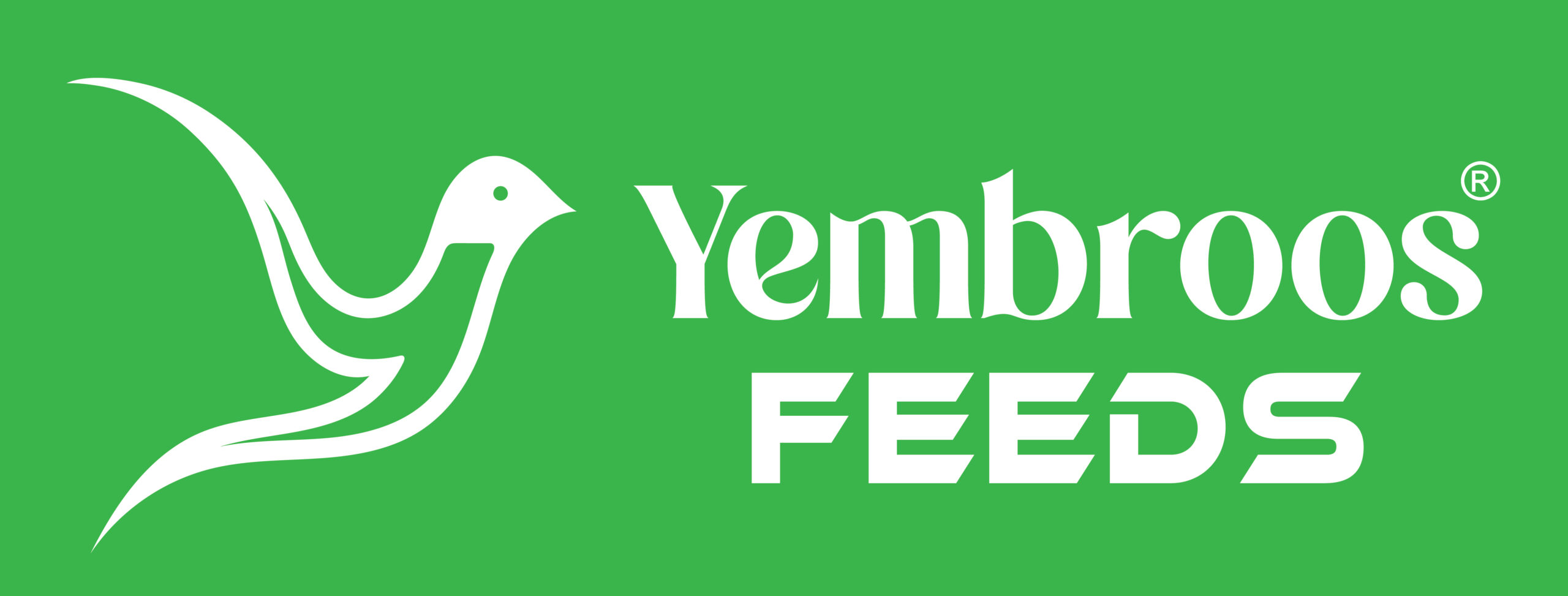
Yembroos Animal Feeds India Private Limited is a leading Pigeon Feed Manufacturer, Pigeon Feed Exporter, Pigeon Feed Supplier, Pigeon Feed Distributor, Pigeon Feed Vendor, Pigeon Feed Company and Pigeon Feed Producer located in Thrissur District of Kerala. Our widest and high precision product range defines us renowned Pigeon Feed Manufacturers, Pigeon Feed Exporters, Pigeon Feed Suppliers, Pigeon Feed Distributors, Pigeon Feed Vendors, Pigeon Feed Companies and Pigeon Feed Producers of India. We produce Pigeon Starter Feed, Breeding Pigeon Feed, Pigeon Breeder Feed, Racing Pigeon Feed, Pigeon Race Feed, Pigeon Sports Feed, Doe Feed, Fancy Pigeon Feed, Exotic Pigeon Feed, Pigeon Layer Feed, Pigeon Farm Feed and various types of Pigeon Feed Supplements. We are specialised as Avian Feed Manufacturer, Avian Feed Exporter, Avian Feed Supplier, Avian Feed Distributor, Avian Feed Vendor, Avian Feed Company and Avian Feed Producer located in Thrissur District of Kerala. Our widest and high precision product range defines us renowned Avian Feed Manufacturers, Avian Feed Exporters, Avian Feed Suppliers, Avian Feed Distributors, Avian Feed Vendors, Avian Feed Companies and Avian Feed Producers of India. We are renowned Bird Feed Manufacturer, Bird Feed Exporter, Bird Feed Supplier, Bird Feed Distributor, Bird Feed Vendor, Bird Feed Company and Bird Feed Producer located in Thrissur District of Kerala. Our widest and high precision product range defines us renowned Bird Feed Manufacturers, Bird Feed Exporters, Bird Feed Suppliers, Bird Feed Distributors, Bird Feed Vendors, Bird Feed Companies and Bird Feed Producers of India.
